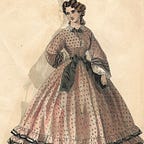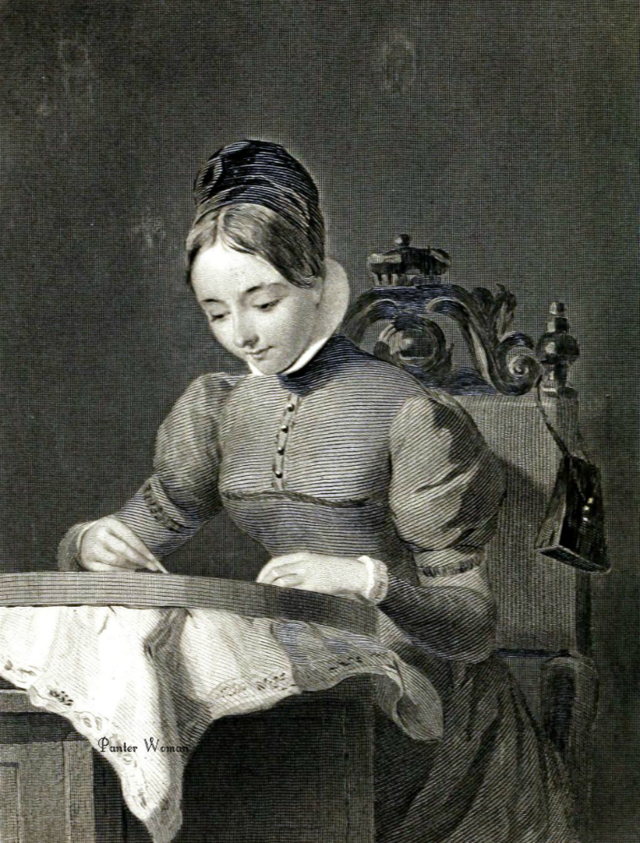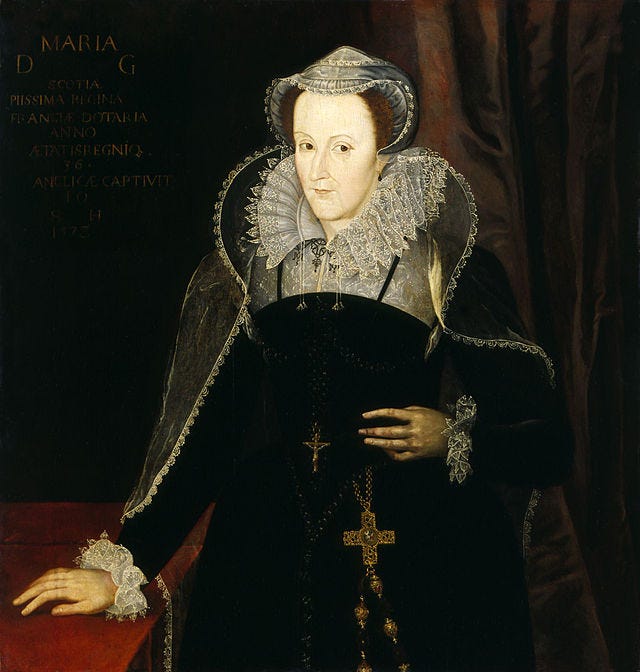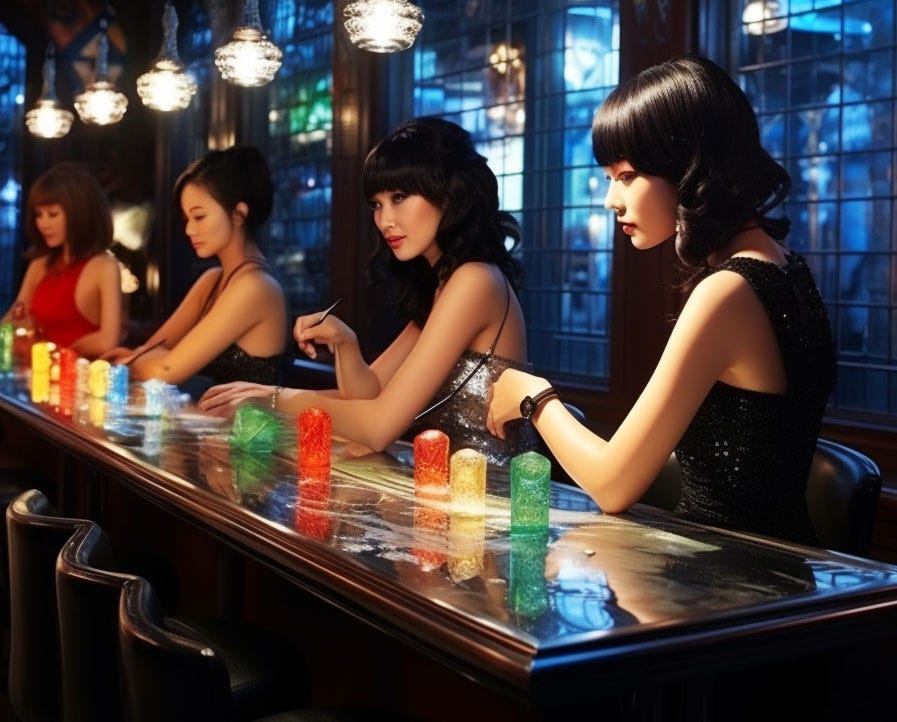Mary of Burgundy, Ancestress of the Habsburgs
Ever wonder what possessed the Habsburgs to inbreed like rabbits? It all started with one woman — with one marriage. Who was she? Mary the Rich, Duchess of Burgundy.
The Rich Baby Girl
Mary of Burgundy was born to Charles the Bold, heir to the dukedom of Burgundy, and his second wife, Isabella of Bourbon, on February 13th, 1457. Nobody really cared about her birth, and poor Mary’s father and grandfather didn’t want to be bothered with the birth of a baby girl. Neither of them attended the birth. Mary’s grandfather, Peter the Good, even decided not to go to Mary’s baptism, since it was “only for a girl.” Ouch.
Mary’s mother and grandmother were a little better than their husbands, and both of them were very happy with baby Mary. Mary’s godfather was the exiled French Dauphin, who would later become Louis XI. Mary was named after Louis’s mother, Marie of Anjou. Mary’s godmother was her grandmother, Isabella of Portugal. I wonder what she thought of her husband’s refusal to attend her beloved granddaughter’s baptism.
Mary was educated well by her aunt, Anne, who was an illegitimate child of her grandfather. She was fond of learning languages and history. Mary even learned to ride horses. She was noted to be quite intelligent and beautiful.
In 1465, when Mary was just 8, Mary’s mother died at around the age of 30. Mary must have been devastated. Mary then went to live in Ghent, where she was cared for by several different governesses. Family members often visited her.
While she was living in Ghent, Mary’s grandfather died in 1467. She must have been much less saddened by that news. Mary’s father, now Duke Charles the Bold of Burgundy, faced reality. He had no other legitimate children; Mary was the heir to the Dukedom of Burgundy.
Her father remarried with the hope of having a son, to a woman who was only a decade older than Mary. She was Margaret of York, the sister of the King of England. Mary and Margaret kept a close friendship their whole lives.
Mary was now her father’s heir unless Margaret had a son and thus was a very attractive bride. Her marriage had been discussed since she was only a few years old. Many kings had asked to marry her, and her godfather, now the King of France, wanted her to marry his son, who was 13 years Mary’s junior.
In Mary’s rare case, though, she was not married off. Not for a long, long time compared to other European royals.
Thank Goodness For Mortality
In January 1477, it was rumored that Mary’s father had died in battle. This left her as the unmarried Duchess of Burgundy. And everyone wanted to marry Mary. Her title was too grand to ignore.
But the new Duchess didn’t have much time to worry about marriage. The King of France had invaded Burgundy.
Mary soon signed the Great Privilege, which sorted out many issues that her father had failed to solve.
Now, back to marriage. Louis XI demanded that Mary marry his son, Charles, who was thirteen years younger than Mary.
Mary, never one to be forced into marriage, refused. She was able to choose her own husband and she was going to make the most of it. Mary began negotiating with her own choice; the Holy Roman Emperor’s son, Maximilian.
Mary and Maximilian’s marriage occurred when the Habsburgs were a dynasty that was still trying to establish itself. The Habsburgs are famous for consolidating power through marriage, and Mary’s marriage was one of the first matches which brought much more land to the Habsburg family. Mary’s money would also help.
Mary and Maximilian were first married by proxy, and Maximilian arrived in Ghent that August so that they could actually marry.
Despite this being a political marriage, Mary and Maximilian got along very well. The day before the wedding, Maximilian even gave Mary a wedding ring, an uncommon practice at the time.
Maximilian was made Duke of Burgundy, but it was just a title. Both of them were very happy with the marriage, another rarity. Very quickly, Mary became pregnant and gave birth to a son, Philip. Mary’s good friend and stepmother, Margaret, acted as the child’s godmother.
Mary went on to have a daughter, Margaret, and another son, Francis. Francis died at only four months.
Mary spent five years happily married to Maximilian. What happened after five years? Did Maximilian become emperor and divorce her? Behead her, perhaps? Not at all. It was Mary’s fault.
Your Hobbies May Be Deadly
In March of 1482, Mary went on a falcon hunt with her husband. Mary loved to ride horses, and I imagine that the couple loved spending time together, especially outdoors.
An understandably happy Mary rode skillfully with her husband until her untrustworthy horse decided it didn’t like Mary. Mary was thrown from her horse and was in much pain. She suffered for two weeks and then died on March 27th, 1482, at the age of 25. In her will, she named her husband regent for their son.
Mary’s eldest son, Philip, went on to become Duke of Burgundy and the husband of Queen Juana the Mad of Castille, and also became Philip I of Castille. He died at 28. Mary’s husband became the Holy Roman Emperor and remarried two more times.
Mary lived a very short, but very full life. She got to learn and see many things, and rule the Duchy of Burgundy — one of the richest realms in Europe — in her own right. Mary was a strong, powerful, beautiful, and intelligent woman, who changed the course of history by making a good marriage. Little did she know that her descendants would follow her example and use political marriage as a way to establish control over insanely huge portions of Europe. Her very own grandson, Holy Roman Emperor Charles V, inherited Burgundy from his father, the Holy Roman Empire from his grandfather, and Spain from his mother, ruling almost as much land as Charlemagne. I think Mary would’ve been proud.







